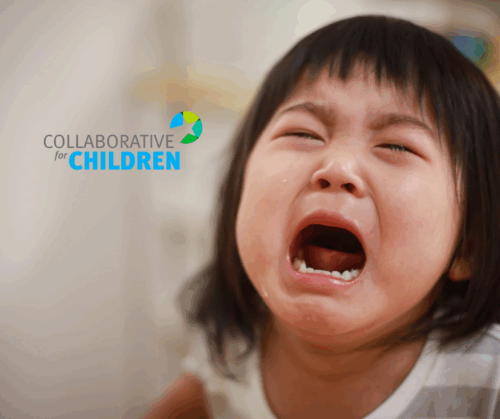When a young child is overwhelmed, frustrated, or having a meltdown, the instinctive adult response is often: “Calm down.” But as Collaborative for Children explains in our latest parenting tips video, this phrase rarely helps and may even make things worse. That’s because emotional regulation in early childhood is not an innate skill. It’s learned through connection, modeling, and consistent support.


